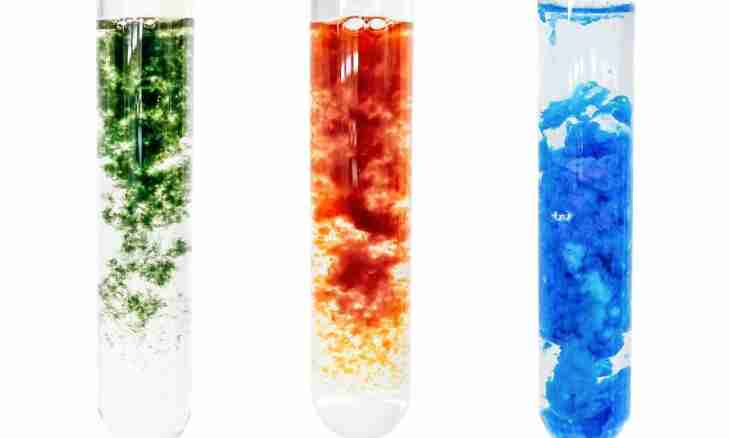Chemical reaction - a basis of all transformations of substances in chemistry. As a result of such transformations, new substances which have specific properties are formed. Before the chemist there is a question of amount of the received substances. When equalizing reaction the chemist can precisely define number of molecules which will turn out as a result of reaction.
Instruction
1. When equalizing chemical reaction it is important not to be mistaken in writing of a formula. For this purpose it is necessary to know element valency in any given connection. Accounting of behavior of elements in specific reactions is also necessary. For example, oxygen has valency equal to two, but in some connections can show the highest valency. If the formula is written incorrectly, then reaction can not be balanced.
2. After the correct writing of the turned-out formulas we place coefficients. They serve for the equation of elements. The essence of equalizing is in that the number of elements before reaction equaled to number of elements after reaction. It is worth beginning equalizing always with metals. We place coefficients according to indexes in formulas. If on the one side of reaction the element has index two, and with another has no (accepts value of unit), then in the second case before a formula we put the two.
3. As soon as before substance the coefficient is delivered, values of all elements in this substance increase in value of coefficient. If the element possesses the index, then the sum of the turned-out molecules will equal to the work of the index and coefficient.
4. After equalizing of metals we pass to nonmetals. Then we pass to the acid remains and hydroxyl groups. Further we equalize hydrogen. Right at the end we check reaction on the balanced oxygen.

